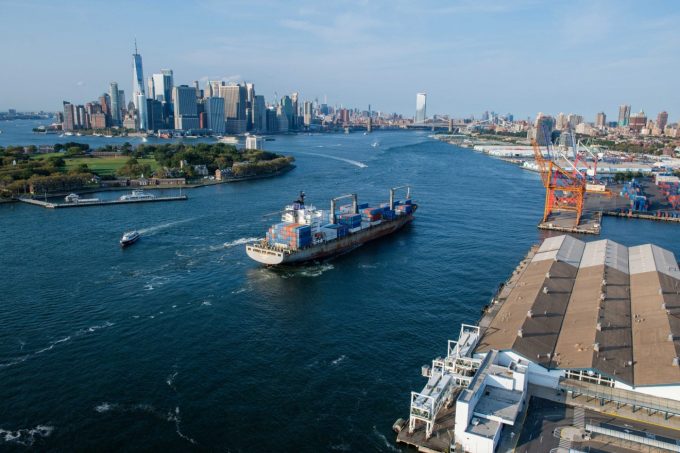News analysis: Gdansk vs Gdynia – Baltic Hub 3 a major offensive in a 15-year battle
This week’s inauguration of the new Baltic Hub 3 terminal at the Polish container hub ...

Container spot rates on the Asia-Europe and transpacific tradelanes are on course to dip below pre-pandemic levels before the end of the year.
However, ocean carriers’ operating costs are significantly higher than they were in 2019, which could force more exposed lines back into the red ...

Comment on this article